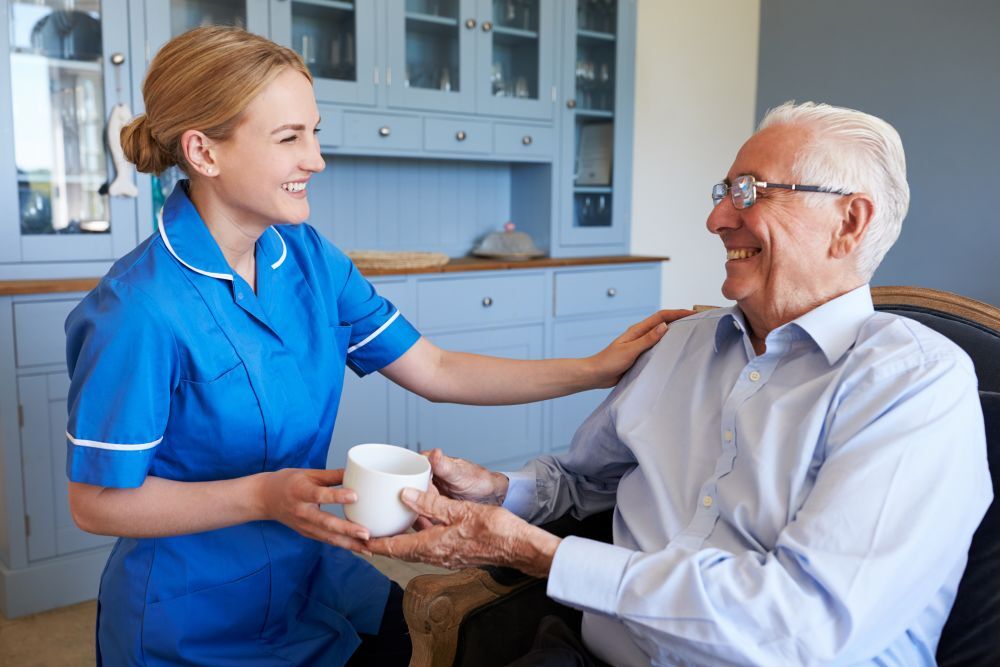Many care homes struggle with outdated technology systems and substantial paper trails, both of which can compromise business continuity.
The aim of a business continuity strategy is to ensure your organisation is prepared for an unexpected disaster or disruption to normal operations. In care environments, that means establishing contingencies to ensure the continued safety and wellbeing of residents and staff should an incident, such as the loss of medication records, occur.
What should a business continuity plan include?
The first stage of continuity planning is to identify your business-critical processes. While most parts of business are important, operators of care homes must prioritise the quick restoration of processes and services deemed critical for the safety and wellbeing of residents and staff. These include, but are not limited to, medical administration record (MAR) charts and other resident management systems.
Once you have identified your critical systems and processes, the next stage is to define the scope of the plan. This should cover all areas relevant to your operating environment, such as loss of physical and digital records, loss of communication systems (e.g. telephony) and loss of key staff. The scope must be as broad as is reasonably possible, but the main risks facing your care home should be understood and clearly defined.
A business continuity plan itself should include a list of immediate actions, resources, key staff, contacts, and long-term remediation strategies. Everyone should know immediately who to contact in the event of a disaster, what to do, and which systems and operations they need to prioritise.
How can technology help with business continuity?
Having a reliable internet connection is a practical necessity in any care home environment. However, this might be difficult to achieve, especially for care homes situated in former stately homes and other old buildings, many of which are located in fairly remote areas. In fact, poor connectivity is one of the most common reasons why owners of care homes are often reluctant to adopt new cloud-based technology systems.
Cloud-hosted software, of course, depends entirely on a fast and reliable internet connection. This reason alone is why many care home managers still prefer paper-based records, since they do not require internet access. On the other hand, things like paper-based MAR charts are more susceptible to loss or physical damage, not to mention a greater risk of errors (see our research on this). Moreover, a paper-based environment offers no scope for analytics, alerts, and automation, further stifling business continuity and efficiency.

"What if my internet goes down?"
This is a common question and worry for Care Homes when adopting a new system.
The best technology systems for use in care homes are those that take a hybrid approach. On one hand, building out a fully connected environment adds the benefits of real-time analytics, automated alerts, and instant updates for things like medication changes. On the other, if the internet does go down, all data will still be available locally, allowing you to continue carrying out critical operations. In other words, losing internet connectivity doesn’t have to mean losing access to essential information, potentially putting your residents at risk in the process.
In addition to a hybrid offline / online model, the use of SIM cards to provide 4G or 5G connectivity as an automatic failover if your internet goes down provides a belt-and-braces approach giving you the ultimate solution in terms of reliability.
Cloud computing itself has become a key enabler of better business continuity. For example, major service providers like Amazon Web Services (AWS), automatically back up data in real time and keep copies in multiple data centres in different geographical locations. However, by adopting a hybrid approach, you will also have a readily available copy of your data on-site that you can access regardless of connectivity.
The Atlas eMAR hybrid model
Atlas eMAR is built in exactly this way, which means if you lose internet access in your Care Home, you can continue to use the device for your medication rounds as normal. This is achieved by ensuring the device always holds a secure copy of the data you need, and utilising secure APIs for real time data when you have connectivity.
In conclusion, choosing the right technology solutions addresses the needs for high availability of information and integrity of critical processes. That is, in essence, what business continuity planning is all about.
Atlas eMAR combines the benefits of cloud computing with on-site data storage to ensure you have access to your critical systems no matter the situation.


